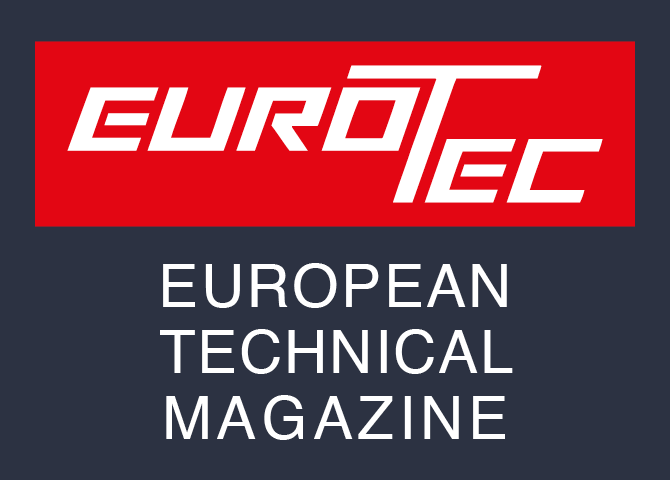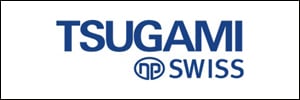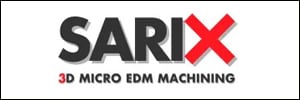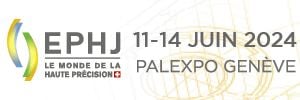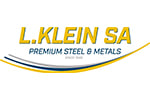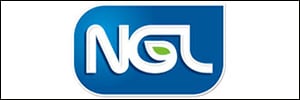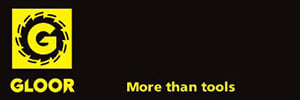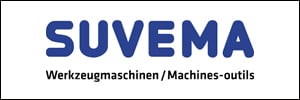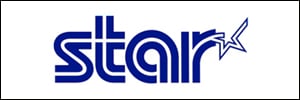Lasering brings a new dimension in structuring surfaces3D, for instance for mould construction surfaces. “Laser ablation“ is the name for the new manufacturing process for which GF AgieCharmilles builds controlled three to five axes machine tools. This technology offers users unimagined possibilities for the design and production of usual and spectacular surface effects on any shape of furnace.
New way to produce Experts know that milling textures are unwanted for injection-molding or molding of exposed surfaces on die-cast and pressure-cast parts. Companies looking for new ways of shaping surfaces in mould construction were surprised at the EMO 2009 in Milan. In addition to and complementing its range of high-performance machine tools for milling, erosive sinking and cutting (wire cutting), GF AgieCharmilles now offers new machine tools under the name Laser 500, Laser 600, Laser 1000 and Laser 1200 for machining level or randomly arched surfaces by lasering on three or five axes. The material to be ablated evaporates in the laser beam. Even and reproducible 3D structures can thus be produced. This offers unimagined possibilities for labeling and marking, structuring and texturizing, by far exceeding the possibilities of the etching technology. Synergies are, in particular, gained where HPC and HSC milling, erosion milling and lasering are combined.
Success stories J. & F. Krüth GmbH, Form-Ätz-Technik, Solingen, Germany have acquired and recently installed a Laser 600 5Ax and a Laser 1200 5Ax. During a Technical Forum organized by GF AgieCharmilles Germany in November 2009 in Schorndorf, the company’s Managing Director Stefan Krüth answered a question about the technology and his reasons for investing in the machines.

Mr. Krüth, what motivated you to use the laser as a tool for structuring the surfaces of moldings – and how does the process work?
Stefan Krüth A few years ago I would not have been able to imagine that laser’s would be suitable for shaping surfaces in production processes within such a short period of time. In 2006 we made first enquiries with a French start-up company who supplied us with a first machine in 2007. We demonstrated the technology to our customers who showed considerable interest. One advantage laser ablation has over the traditional etching technology is that also the third dimension of surface structures can be shown in a defined manner. The technology is based on a continuous digital process chain. There are no chippings, no cooling water and no dielectric is required – only a dust extraction is attached to the head of the laser. This process can, for instance be used for producing leather structures but also for technical structures, such as pyramids or hemispheres that can be easily changed or adapted in a virtual manner. Laser technology also involves, in most cases automation, ensuring that multiple machining or repeat orders produce the same excellent results. Adaptation to differences in materials is also easier for lasering than for etching.
The usual process steps commence with the scanning of an actual 3D surface pattern outside of the machine, using a light beam. In this way the topography of the surface is mapped, depicted in 256 grey tones and imported into the CAD/CAM line. A selection of structures is shown on sample panels. Structures can also be constructed virtually. The maximum capability for the different grey levels is 256 layers. The material is machined in various passes from different directions. Each pass removes a layer of approx. 5 to 10 µm. It is quite usual for a process to involve 50 passes. We are in close contact with the Fraunhofer Institute for Production Technology (IPT), in Aachen, Germany. The Frauenhofer Institure runs a research project studying this laser technology (high-precision structures for freely formed surfaces). Our company is involved in this research project. It is our aim to be and remain the worldwide leading industrial user of this technology. Laser technology opens up possibilities of which designers have only dreamt of in the past. We have some development orders that show an extraordinary effect on the surface. Apart from some enthusiastic customers there are also many who are somewhat skeptical and doubt the advantages and possibilities. During a phase such as the present, we welcome customers who are prepared to go one step further together with us.
For further Information: Elke P. Magnin Press Relations & Publishing Manager Mikron Agie Charmilles AG Ipsachstrasse 16 CH-2560 Nidau, Switzerland
Phone. +41 (0)32 366 12 10 Fax: +41 (0)32 366 12 19 [email protected] www.gfac.com
